Lucky bamboo, or Dracaena sanderiana, is a familiar plant to many. This unique plant holds significant feng shui value and is believed to ward off evil spirits, making it a popular choice for homes. Learn more about its feng shui significance and effective care tips in this article.
1 Introduction to Lucky Bamboo
Lucky bamboo boasts a distinctive appearance, resembling a tiny, adorable umbrella. Its stem is straight like a coconut tree but more slender, rigid, and smooth, growing upward. Lucky bamboo is robust, incredibly easy to plant and care for.
Also known as the lác plant, lucky bamboo belongs to the Cyeraceae family and originates from Madagascar, Africa. It is a herbaceous plant that grows in bushes, has a long lifespan, and reaches heights of 0.5 to 1.5 meters. Lucky bamboo has a clump-forming root system that firmly anchors the plant in the soil. These roots thrive even more in muddy water, making it a popular choice for families who prefer aquatic plants.
 Introduction to Lucky Bamboo
Introduction to Lucky Bamboo
The leaves of lucky bamboo typically transform into sheaths at the base, while at the top, they form a circular arrangement. Its canopy is beautiful, wide and long, with drooping leaves that resemble charming, eye-catching umbrellas, adding a cool and vibrant touch to your garden or home.
Moreover, lucky bamboo produces flowers. The inflorescence has a long, straight common peduncle, with flowers concentrated in the center and arranged in a radiating pattern. The flowers change from white when young to brown as they mature.
2 Significance of Lucky Bamboo
In feng shui, lucky bamboo, with its upright stance and immortal vitality, is believed to ward off evil spirits and drive away bad luck. It is often grown in gardens or yards, spreading out like umbrellas, acting as a feng shui shield that brings fortune and good luck to the household.
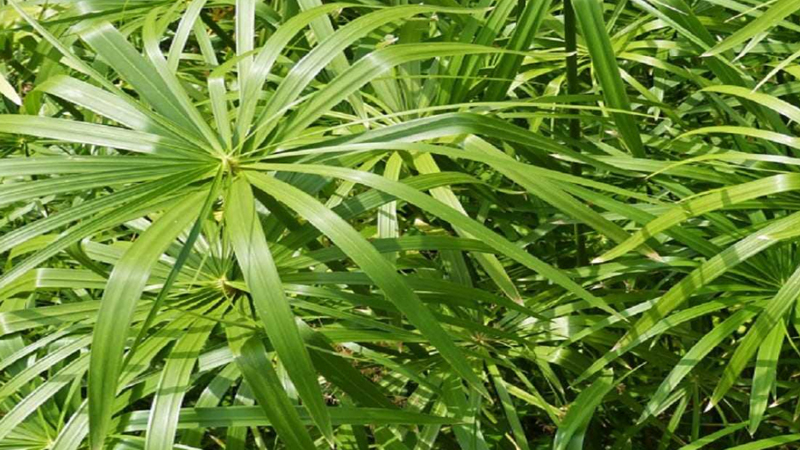 Lucky Bamboo Wards Off Evil and Invites Good Luck
Lucky Bamboo Wards Off Evil and Invites Good Luck
Additionally, lucky bamboo’s resilience in harsh conditions symbolizes the promotion and balance of positive energy, leading to advancements and successes in the lives and careers of the homeowners.
3 Benefits of Lucky Bamboo
Lucky bamboo thrives in aquatic environments thanks to its robust root system, making it an excellent choice for water purification. It is often planted in ponds, fish tanks, and rivers to clean polluted water sources.
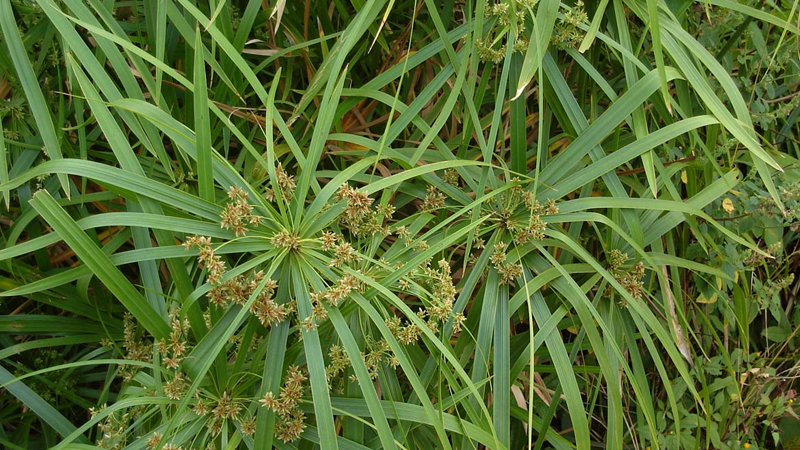 Lucky Bamboo Cleanses Water and Enhances Spaces
Lucky Bamboo Cleanses Water and Enhances Spaces
Its slender, understated beauty and ease of cultivation make lucky bamboo an ideal choice for decorating homes and gardens, infusing them with freshness, brightness, and a soothing ambiance that inspires work and study.
Furthermore, lucky bamboo has medicinal properties as a herb in Eastern medicine, which is less known. With its cold nature and slightly bitter taste, it is used to treat insect or snake bites.
4 Lucky Bamboo and Its Compatibility with Different Chinese Elements and Ages
As a “feng shui charm” within the family, lucky bamboo attracts good energy, especially when grown in water, making it suitable for the Water element in Chinese astrology. The more mature and lush the plant becomes, the stronger the indication of prosperity and good fortune for individuals associated with the Water element.
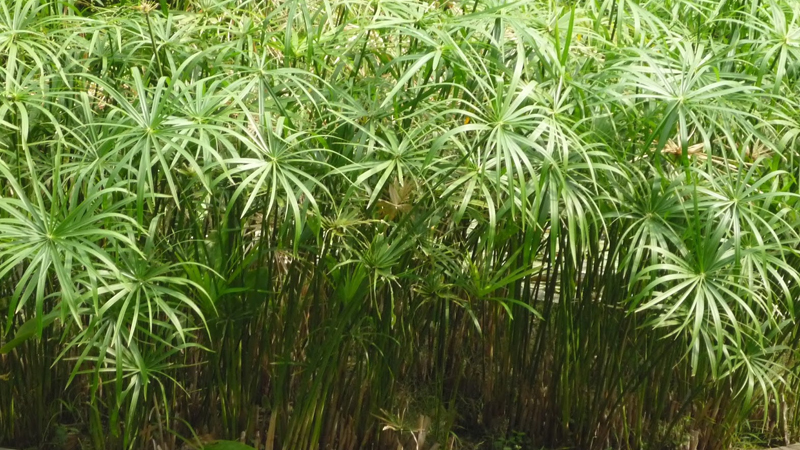 Lucky Bamboo Suits the Water Element
Lucky Bamboo Suits the Water Element
5 How to Plant and Care for Lucky Bamboo
Planting Techniques
Pot Planting:
First, remove any yellow or rotten leaves and trim away soft roots gently without damaging the adjacent ones. For potted plants, select an appropriate plant and provide sufficient soil for its growth. When choosing a seedling, opt for a mature plant with a sturdy stem that has been acclimated outdoors. Water the plant once a day and expose it to sunlight for 2-3 hours weekly.
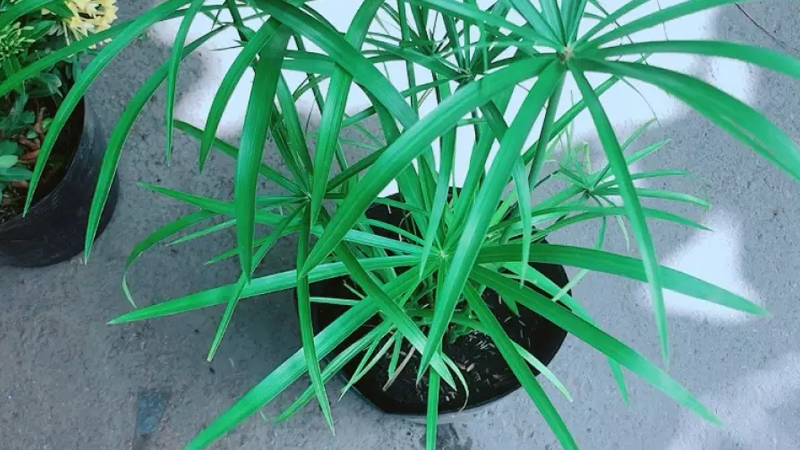 Potted Lucky Bamboo
Potted Lucky Bamboo
Water Planting:
Lucky bamboo thrives in water, making it easier to grow and maintain. When planting in water, ensure the roots are secured to prevent erosion before the plant is established. You can use pebbles or stones for both decorative and stabilizing purposes. Maintain the water level at approximately half the height of the plant; avoid submerging the leaves as it may cause diseases.
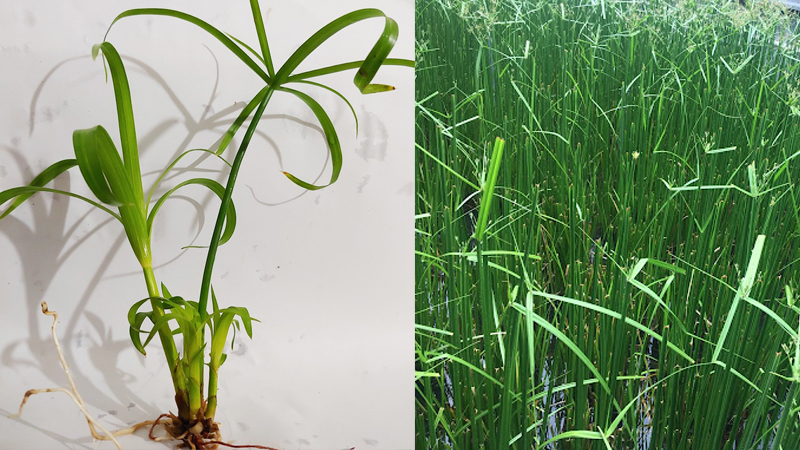 Lucky Bamboo Grown in Water
Lucky Bamboo Grown in Water
Care Techniques
Light: Lucky bamboo prefers bright conditions but can also grow well in shaded areas. You may place it indoors or outdoors. If kept indoors, regularly move it outdoors to receive sunlight and photosynthesize, promoting leaf growth and health.
Temperature: Lucky bamboo is highly heat-tolerant and does not shed its leaves in winter. Thus, it can thrive in both high and low temperatures. However, the ideal planting season is from February to April, with moderate temperatures favorable for the plant’s growth.
 Caring for Lucky Bamboo
Caring for Lucky Bamboo
Watering: Due to its robust root system, lucky bamboo can withstand both drought and flooding conditions. Maintain moderate moisture levels and water the plant 2-3 times a week, depending on the weather.
Pests and Diseases: Lucky bamboo may encounter issues like leaf yellowing, leaf spots, and leaf rollers. These problems could arise from untreated soil or improper care. Use pesticides and lime to disinfect and eliminate disease-causing bacteria.
Nutrition: Lucky bamboo can survive harsh conditions and displays remarkable resilience, requiring minimal nutrition. Apply a sufficient amount of NPK fertilizer every 3-6 months.
For lucky bamboo grown in water, regularly change the water and provide additional nutrients to ensure its growth.
6 Where to Buy Lucky Bamboo and Price Range
Lucky bamboo is highly sought-after in Vietnam. You can find it at numerous plant shops, with the following price ranges as a reference:
Height of 30 – 40cm: 60,000 VND
Height of 40 – 50cm: 90,000 VND
Height of 50 – 70cm: 120,000 VND
Height of 70 – 100cm: 150,000 VND
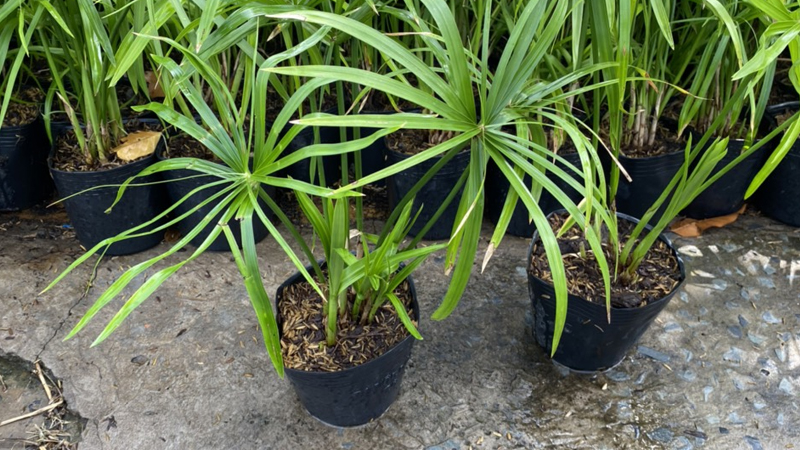 Where to Buy Lucky Bamboo
Where to Buy Lucky Bamboo
Prices may vary depending on the time of purchase and the plant’s condition. If you prefer not to travel, e-commerce platforms like Lazada and Shopee offer convenient delivery services.
7 Suggestions for Decorating with Lucky Bamboo
With its umbrella-like canopy, lucky bamboo is often grown in gardens or yards, in front of the house, to ward off evil spirits and bring peace to the homeowners.
Given its ability to ward off evil and create a refreshing atmosphere, lucky bamboo is also popular as a desk plant, protecting the owner from negative energies and potential harm from colleagues’ jealousy and conflicts in the workplace.



































